Oh Shit, Asbestos! What now?
As a potential homebuyer or real estate investor, you may have come across stories of property owners facing catastrophic financial consequences from hidden problems. Tales of black mold, asbestos, buried oil tanks, cracked foundations, radon gas, termites, illegal additions, clouded title, and zoning surprises are the Nazgûl of the real estate apocalypse. These nine Ringwraiths are existential threats to property value, habitability, and investment viability that turn dreams of passive income into nightmares in the jaws of renovation hell. While many of these are regularly tested for, even the best property investors may find themselves facing down one of these horrid harbingers at some point in their career.
The reason the Nazgûl of the real estate apocalypse are spoken about in terms of legend is their ability to reach levels of severity that can drive a project into bankruptcy. While it is extremely rare, the reason savvy buyers pay for engineering inspections and environmental surveys prior to purchasing is their knowledge that this strategy is the best "insurance" to protect them from buying the "wrong" property. In other words, avoid getting trapped in a property with a costly environmental mess that you find out about only after buying it.
Now that we have over-hyped the risks, we can start talking about reality. In reality, there are many properties that may be impacted by one of our Ringwraiths but are completely manageable challenges that can be resolved safely and according to all the laws. That said, there are some folks who get into the real estate business deliberately choosing to cut corners to save money in ways that can significantly endanger the health and safety of others. Also, there are those pesky problems of cops, fines, and jail.
Environmental violations tend to carry some of the most severe fines in our business. For example, inappropriately disposing of asbestos can result in fines ranging from $500 to $25,000 at the state level, with federal penalties potentially reaching hundreds of thousands of dollars for serious violations. So, never put that crap in your car and cross state lines. Repeat offenders face doubled penalties and can be subject to both substantial fines (up to $25,000 per violation) and imprisonment of up to one year, with recent federal enforcement cases showing combined fines of $300,000 for improper asbestos disposal. So basically, don't mess with it, okay?
When adding to our property portfolio, I have worked very hard to avoid buying anything visited by one of the Ringwraiths. But that does not mean that every one of my projects avoided a visit from these grim apparitions. For our current project, we did environmental testing and engineering inspections, but we also learned of new hiding places where the Ringwraiths lay in ambush. In Troy, that meant we had an ancient walk-in cooler with black sealer on the cooler ceiling that was hiding one of those nasty Ringwraiths, asbestos! Not an ideal outcome, but completely manageable, especially if you planned properly and have a contingency reserve in your budget. In our case, the removal will cost about $20K and the accompanying environmental monitoring during the process will set us back another $4K.
In the same way as we can battle with asbestos and win, there are many stories of owners and investors doing battle with the likes of black mold, buried oil tanks, or cracked foundations and emerging victorious at the end of their journey. Like asbestos removal, there are specialist firms that will help clean up black mold, firms to seal and cap those pesky oil tanks, and masons specializing in highly technical foundation repairs. It is your responsibility to make sure that they are licensed, insured, and certified to do this very sensitive type of work. The stakes are high with these types of sensitive problems, but careful planning and project management make this something any professional with a good head on their shoulders should be able to handle.
For our project, we started by sending our environmental survey findings to four separate local firms. Each company was first vetted via a phone call to make sure they provided the type and scope of services we needed. As I have seen too often in many of my projects, the extreme variability in the vendor bids can sometimes defy both logic and explanation. For the carriage house and walk-in cooler, the abatement bids came in at $19.5K, $26K, and $75K. See what I mean? Extreme variability. Mind you, I verified they all had their licenses, insurance, and all the bids were for the same work. These kinds of price differences are the perfect example of why you bid everything out.
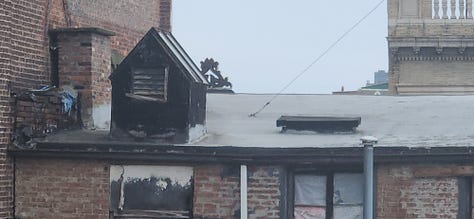
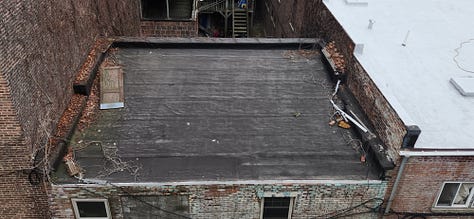
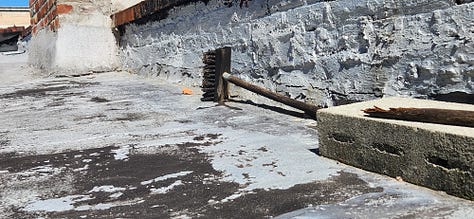
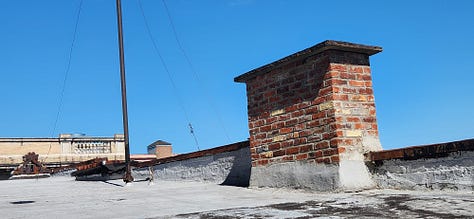
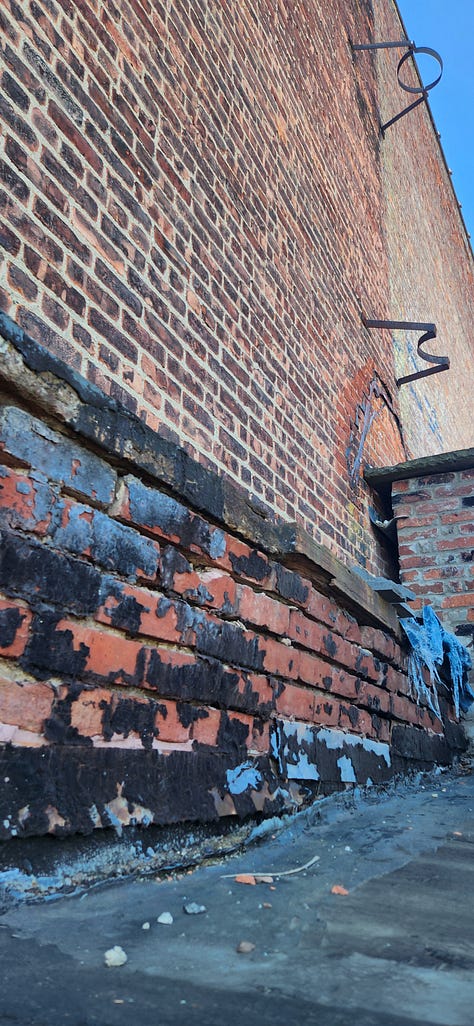
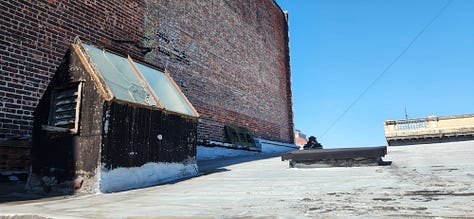
The second part of the abatement project is the environmental monitoring that takes place during the abatement. The environmental surveys take air samples and site samples to make sure that the crew that completed the project didn't leave any nasty remnants of their work behind. The bids from these vendors also came back with a fairly big spread: $3.6K, $4.6K, and $5.2K. Again, I verified they all had their licenses, insurance, and all the bids were for the same work.
Our Troy asbestos discovery and cleanup is a lesson that you can apply to any environmental challenge. Our $20K removal plus $4K monitoring wasn't a project-breaking surprise; it was a planned contingency. When working with older properties, environmental discoveries aren't bad luck; they're a probability. That cleanup and removal documentation also creates value beyond compliance, turning a liability into a future selling point.
Many properties visited by our Ringwraiths are completely manageable when approached professionally. There are specialist firms for every environmental challenge: black mold, buried tanks, foundation issues. The key is ensuring they're properly certified for this sensitive work. Proper vetting goes beyond checking licenses and insurance. Make those phone calls to understand their actual scope of services. With environmental work, you need specialists who've handled your exact problem before, not generalists learning on your dime.
After 25 years, I've learned that environmental problems separate amateur investors from professionals. Amateurs panic and try to cut corners or simply walk away from good deals. Professionals make sure these problems are manageable first and only then move forward methodically. Although the conventional wisdom says avoid properties with environmental issues, my experience says embrace them as opportunities to acquire below-market properties that can be professionally remediated. Just budget properly, hire the right specialists, and never cut corners on compliance. The properties that scare less sophisticated investors often provide the best returns for those who handle them correctly.
Ready for more insights from the field? I've made the expensive mistakes so you don't have to. Subscribe to get weekly strategies, real numbers, and unfiltered lessons from 25+ years of actual deals and real time projects. No theory, no fluff, just lessons learned and what actually works when your money is on the line.



